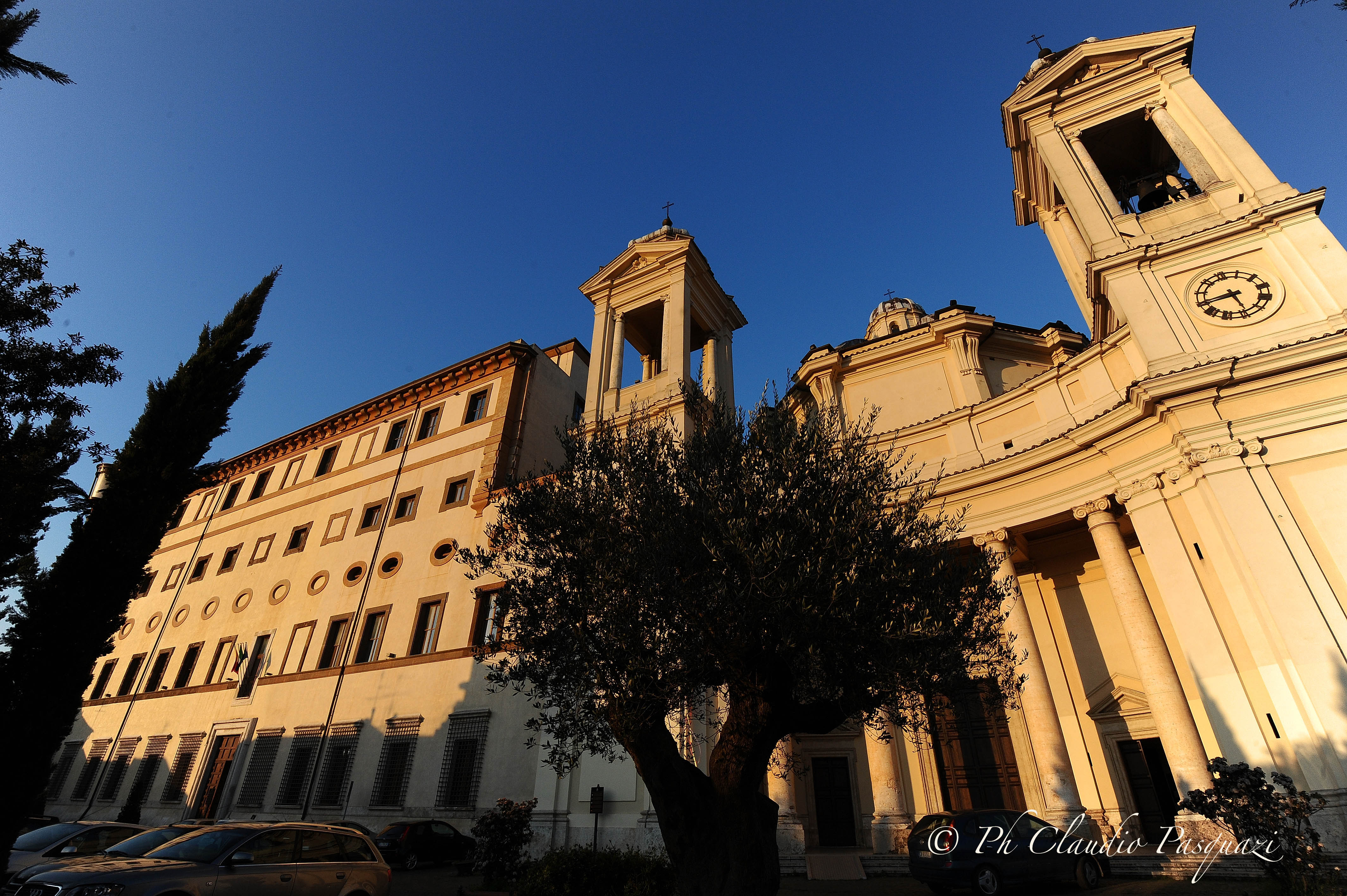The collegiate church of Santa Maria Assunta is the main place of worship in Valmontone and is adjacent to Palazzo Doria.
For its grandeur and its original formit is considered the most significant work of Valmontone.
It was commissioned by Prince Giovanni Battista Pamphilj-Aldobrandini, to continue the grandiose work of rebirth begun by his father with the construction of the palace.
The architect De Rossi, a pupil of Bernini, was inspired by the already realized project of Sant'Agnese in Agone in Rome, thus completing the great baroque complex right on the highest point of the city and the heart of the ambitious project of an ideal "pamphiliana city".
The construction work began in 1685 and lasted about four years, intervening with a new construction on a pre-existing Gothic building.
The church was consecrated by the bishop of Segni Pietro Corbelli on May 27, 1703.
The facade is framed by two twin bell towers on the sides and is preceded by a staircase leading to the large portal.
The substantially Baroque church, with an elliptical plan, is surmounted by an imposing octagonal dome that gives an immense light inside.
The church has eight chapels, six of equal size and covered with barrel vaults, and two larger ones with paintings by famous painters (the Holy Crucifix by G. Brandi, the Virgin of the Rosary by Mattia Preti, St Francis of Assisi of P. Pozzi and the Holy Virgin Assumption in Heaven by L. Gramiccia).
Worth a stop for a moment of admiration, the beautiful picture of the Blessed Virgin Mary holding Baby Jesus painted by Giovanni Conca.
But the most impressive picture is that of the Nativity which represents the birth of the Redeemer painted by Bassano Da Ponte in 1622.
Of great importance for the Valmontone community, is the statue of San Luigi Gonzaga, patron saint of Valmontone, located in a niche of the seventh chapel.
The Collegiate Church of Santa Maria Assunta suffered enormous damage during the war.
Since 1981 has received a new organ and an electronic clock that have made it even more beautiful and a bit more modern.







Follow us